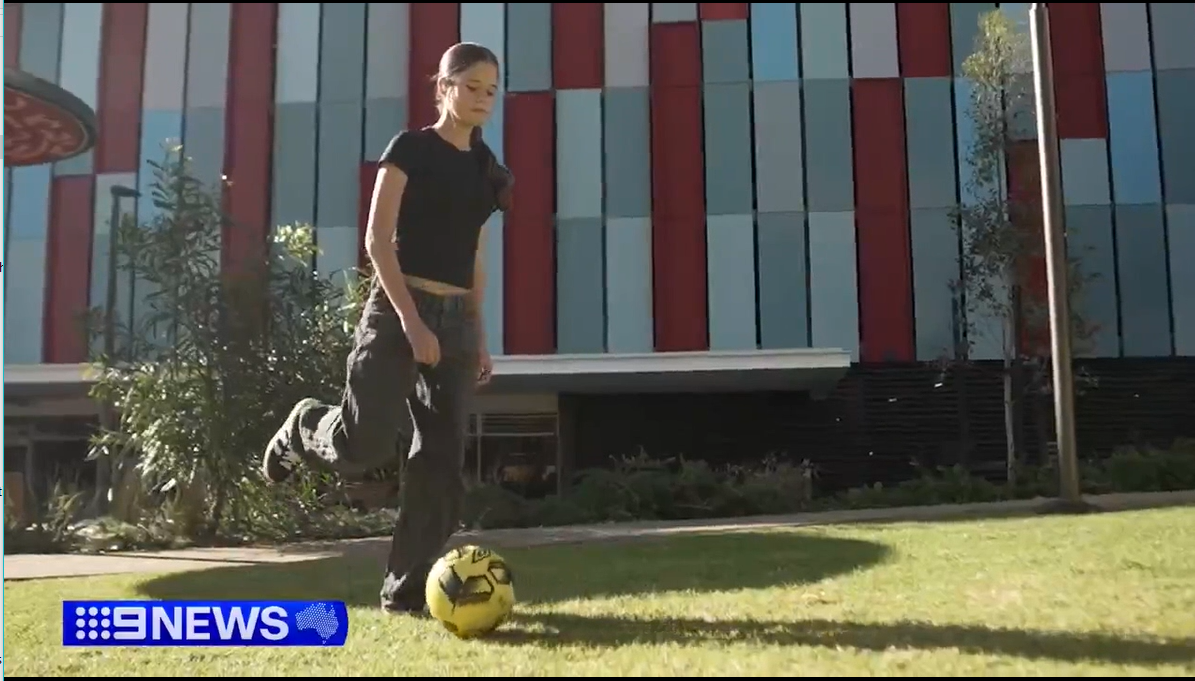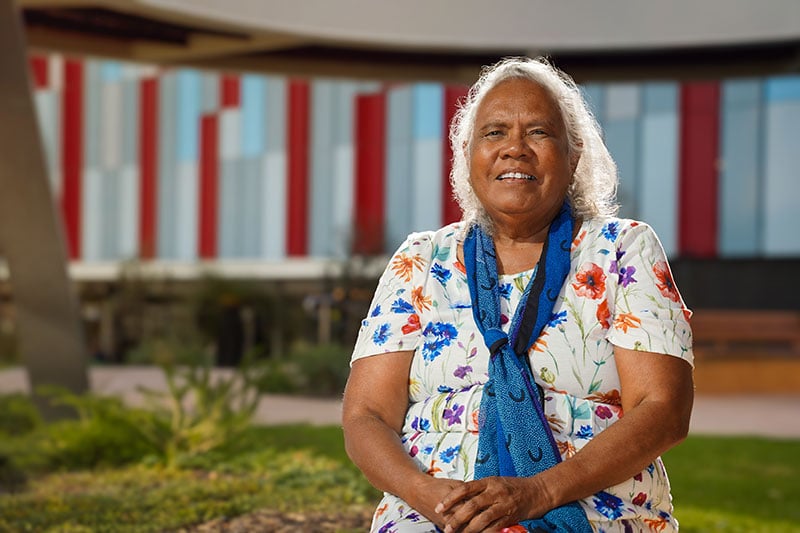Search



See images of our CONNECT events at The Kids.

Kai Age 19. Youth advocate, project community member. I am very passionate about LGBTQIA+ research, mental health and homelessness. The

Nam-Anh Mum of two, Evelyn and Nicolas. Trial participant, project community member. I want to teach my children what it means to be part

News & Events
Promising results for new Western Australian-pioneered cystic fibrosis drugChildren with cystic fibrosis will be included in the next phase of a clinical trial of a promising new treatment pioneered in Western Australia aimed at boosting their immune responses to infections. Originally developed by researchers at The Kids Research Institute Australia and Perth Children’s Hospital.

News & Events
The Kids’ DNA dream comes trueWhat began as a bold idea to mark National Science Week and its 2025 theme, Decoding the Universe – Exploring the unknown with nature’s hidden language, became an unofficial world record achievement.

News & Events
PATROL RSV studyResearchers from The Kids Research Institute Australia would like to understand more about respiratory syncytial virus (RSV) and how we can provide the best protection for kids.

News & Events
Risk of deadly diarrhoeal diseases set to worsen as climate changesResearchers from The Kids Research Institute Australia have contributed to a landmark study revealing climate change will have a detrimental impact on one of the greatest threats to the health of children in the Global south – diarrhoea.

